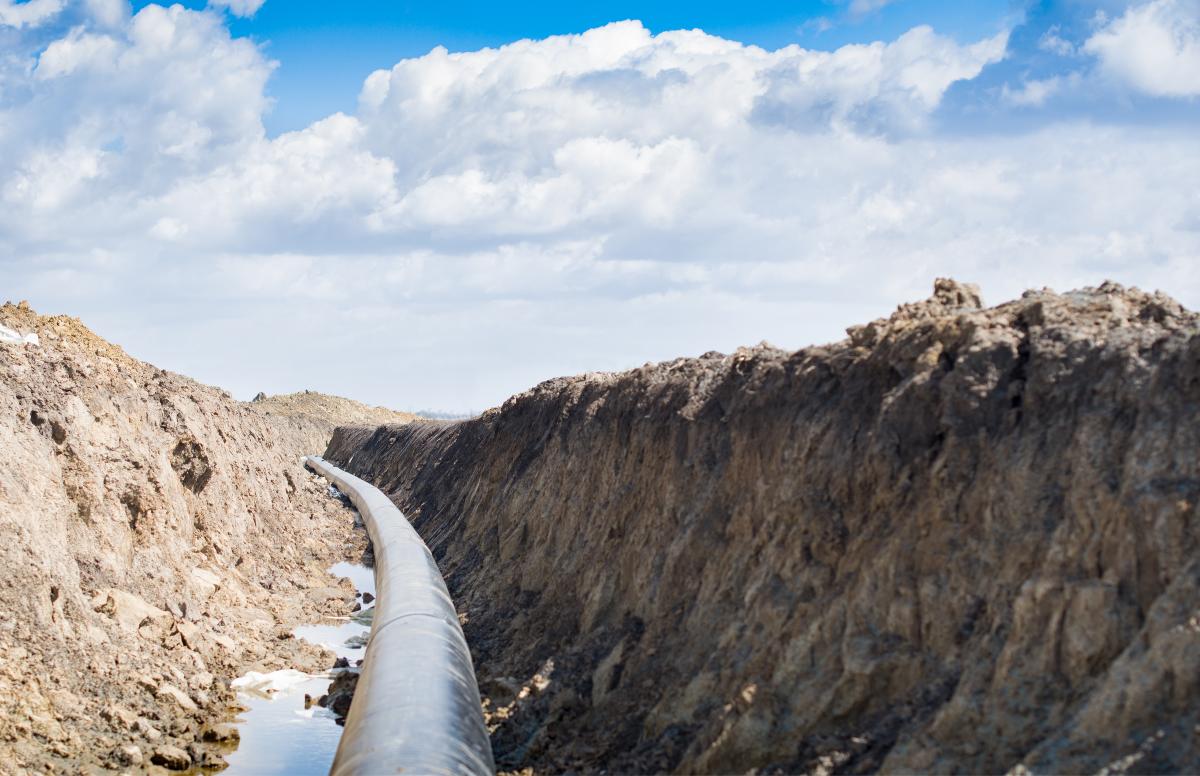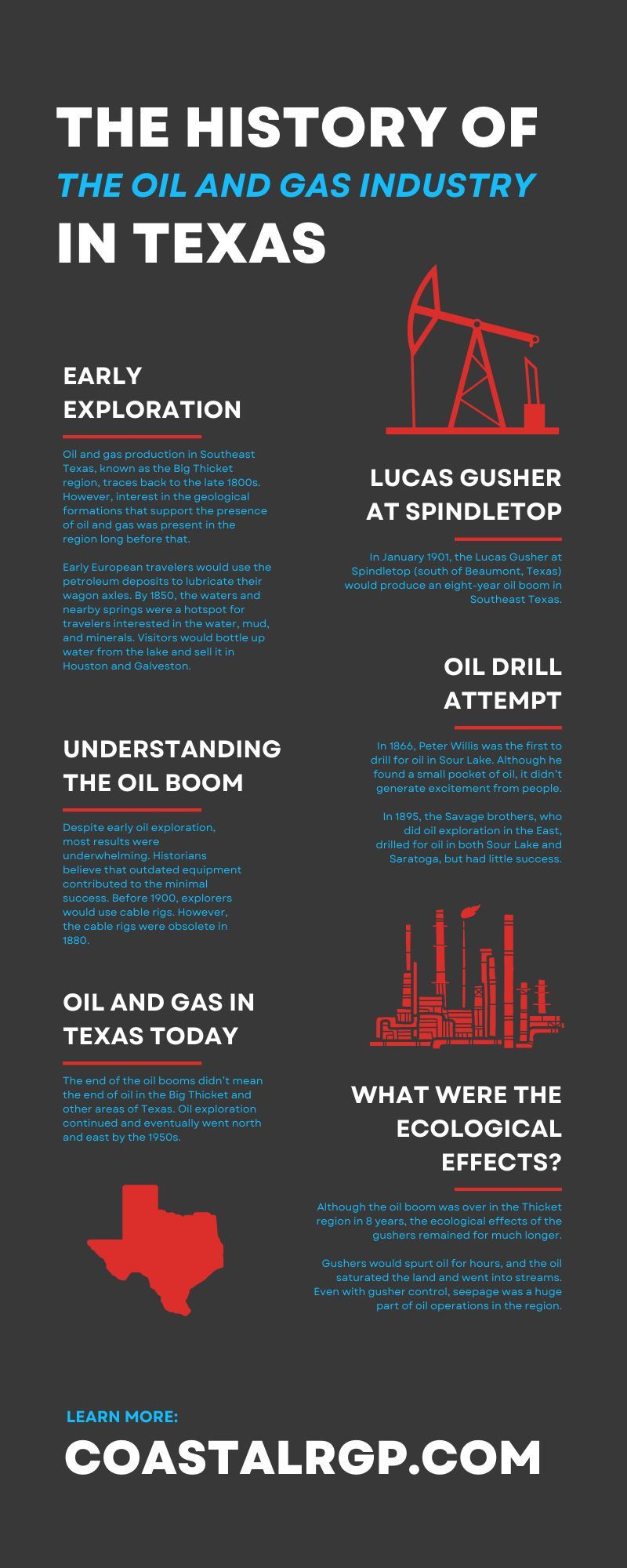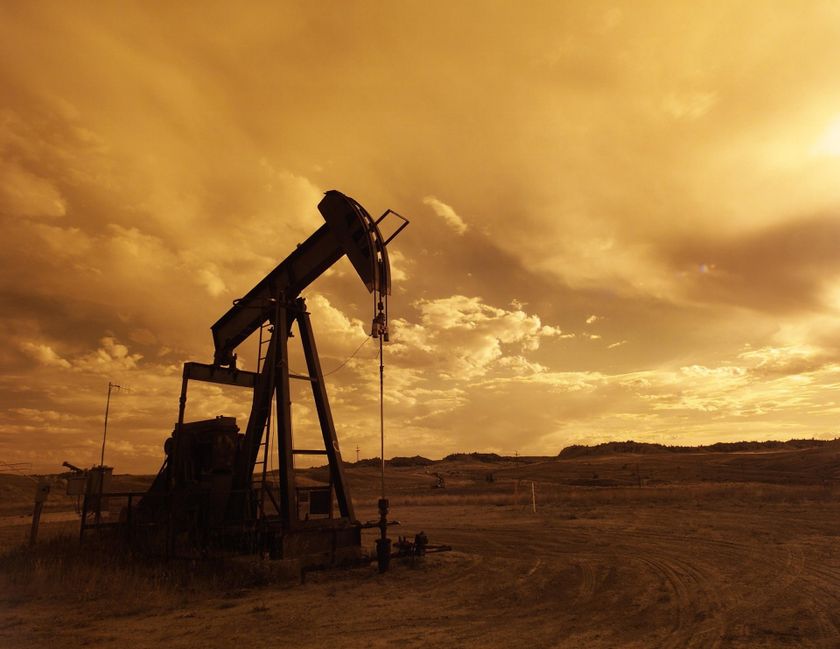Texas has a rich and interesting history regarding the oil and gas industry. Historians recount the state’s journey to becoming one of the major contributors to the industry. Dive into the history of the oil and gas industry in Texas right now!
Early Exploration
Oil and gas production in Southeast Texas, known as the Big Thicket region, traces back to the late 1800s. However, interest in the geological formations that support the presence of oil and gas was present in the region long before that. In Sour Lake, Texas, there are small lakes and streams that were once known for medicinal properties. Native American tribes, such as the Tonkawa and Lipan, met in those areas, using waters laced with sulfur for medicinal purposes.
Early European travelers would use the petroleum deposits to lubricate their wagon axles. By 1850, the waters and nearby springs were a hotspot for travelers interested in the water, mud, and minerals. Visitors would bottle up water from the lake and sell it in Houston and Galveston.
The reason behind the petroleum deposits and sulfuric water was a salt dome beneath the land. Salt domes are pillars of salt that rise through deep mineral deposits. The land can shift into small mounds because of the dome. Typically, the domes have caprock structures made of sand, clay, or limestone.
Significant to the oil industry, the caprocks house oil and gas reservoirs. These salt domes are present throughout Southeast Texas, along the coast and into the Gulf of Mexico.
Lucas Gusher at Spindletop
In January 1901, the Lucas Gusher at Spindletop (south of Beaumont, Texas) would produce an eight-year oil boom in Southeast Texas.
Following the success of the petroleum deposits, people began to explore the landscape for signs of salt domes and gushers to exploit the riches. Ultimately, this led explorers to the Thicket region and resulted in oil booms at Sour Lake, Saratoga, and Batson.
Little did explorers know that oil exploration began in these regions prior to them.
Oil Drill Attempt
In 1866, Peter Willis was the first to drill for oil in Sour Lake. Although he found a small pocket of oil, it didn’t generate excitement from people.
In 1895, the Savage brothers, who did oil exploration in the East, drilled for oil in both Sour Lake and Saratoga, but had little success.
Understanding the Oil Boom
 HDPE pipe sizes range from small diameters for residential use to large diameters for the oil and gas industry.
HDPE pipe sizes range from small diameters for residential use to large diameters for the oil and gas industry.Despite early oil exploration, most results were underwhelming. Historians believe that outdated equipment contributed to the minimal success. Before 1900, explorers would use cable rigs. However, the cable rigs were obsolete in 1880.
Fortunately, there were changes that improved processes. In 1895, in Navarro, Texas, the Baker brothers began their rotary method for oil drilling. Unlike the cable rig, which required people replacing the drill bit and clearing out debris, the rotary rig had a hollow bit and would flush out debris while continuously drilling.
This process allowed the bit to grind away rock and go further than cable rigs. In fact, the cable rig couldn’t even reach depths of 300 feet, while the rotary rig went 2,000 to 3,000 feet deep! This improvement had a significant impact on oil exploration in the Big Thicket.
With effective drilling, oil became the second major industry to enter Southeast Texas—even overtaking the lumber industry! However, oil boom towns were short lived. Explorers went drifting to Spindletop and Beaumont in 1902, leading them into the Thicket region and Sour Lake. The oil rush in Sour Lake officially launched in 1903. But by 1905, production was down, and people began to drift 12 miles north to the next boom town, Saratoga. Following Saratoga was Batson with production for four years. Generally, the boom and decline trend would continue for most areas in the Big Thicket.
Natural Gas History
Surprisingly, people discovered natural gas as a by-product of oil production. However, this discovery occurred in North Texas rather than the Big Thicket region. The first gas well came to be in 1918 with a production estimate of 10 million cubic feet of gas per day. Later, additional wells produced over 1 billion cubic feet of natural gas daily. In turn, this confirmed the presence of natural gas fields in Texas! By 1927, production exceeded 4 billion cubic feet per day. Numbers only grew as they reached 8 trillion cubic feet per day in 1994.
What Were the Ecological Effects?
Although the oil boom was over in the Thicket region in 8 years, the ecological effects of the gushers remained for much longer. When drillers came to the area, they would clear trees and use them for fuel or to build the derricks.
Gushers would spurt oil for hours, and the oil saturated the land and went into streams. Even with gusher control, seepage was a huge part of oil operations in the region. This was mainly due to bad storage methods. Companies didn’t expect the success of oil drilling, so they didn’t have adequate storage. They would use crates or pits, which frequently polluted the surrounding area. Fortunately, companies found better storage with steel barrels and pipelines. Although oil spills could still happen, the improved storage helped.
It’s important to note another threat to the ecological system: saltwater runoff. This runoff from the salt domes would continuously pump alongside the oil. Drillers would separate saltwater from the oil and dump it in nearby waterways. The saltwater then stifled vegetation and killed trees. Rice farmers intervened and made a rule prohibiting the dumping of saltwater in streams. Because of this, drillers created saltwater disposal pits. But by the 1970s, dead trees and limited vegetation showed people the direct and lasting effects of saltwater intrusion.
Oil and Gas in Texas Today
The end of the oil booms didn’t mean the end of oil in the Big Thicket and other areas of Texas. Oil exploration continued and eventually went north and east by the 1950s.
Surprisingly, many national preserves were home to some level of oil and gas activity. Today, oil and gas exploration and extraction continue in and around the preserves, under the watch of preserve staff. They ensure drilling activity won’t compromise the preserves. Ultimately, it’s about balancing industry needs with being mindful of conservation.
Today, Texas is a major contributor to the oil and natural gas industry. According to the US Energy Information Administration, Texas accounted for 43 percent of the nation’s crude oil production and 25 percent of its marketed natural gas production in 2021. The industry continues to employ thousands of Texas residents.
We hope this insightful look at the history of the oil and gas industry in Texas taught you something new! At Coastal Resource Group, we take pride in supplying oilfield and industrial equipment. Choose us as your HDPE pipe supplier and look at our other equipment today.



